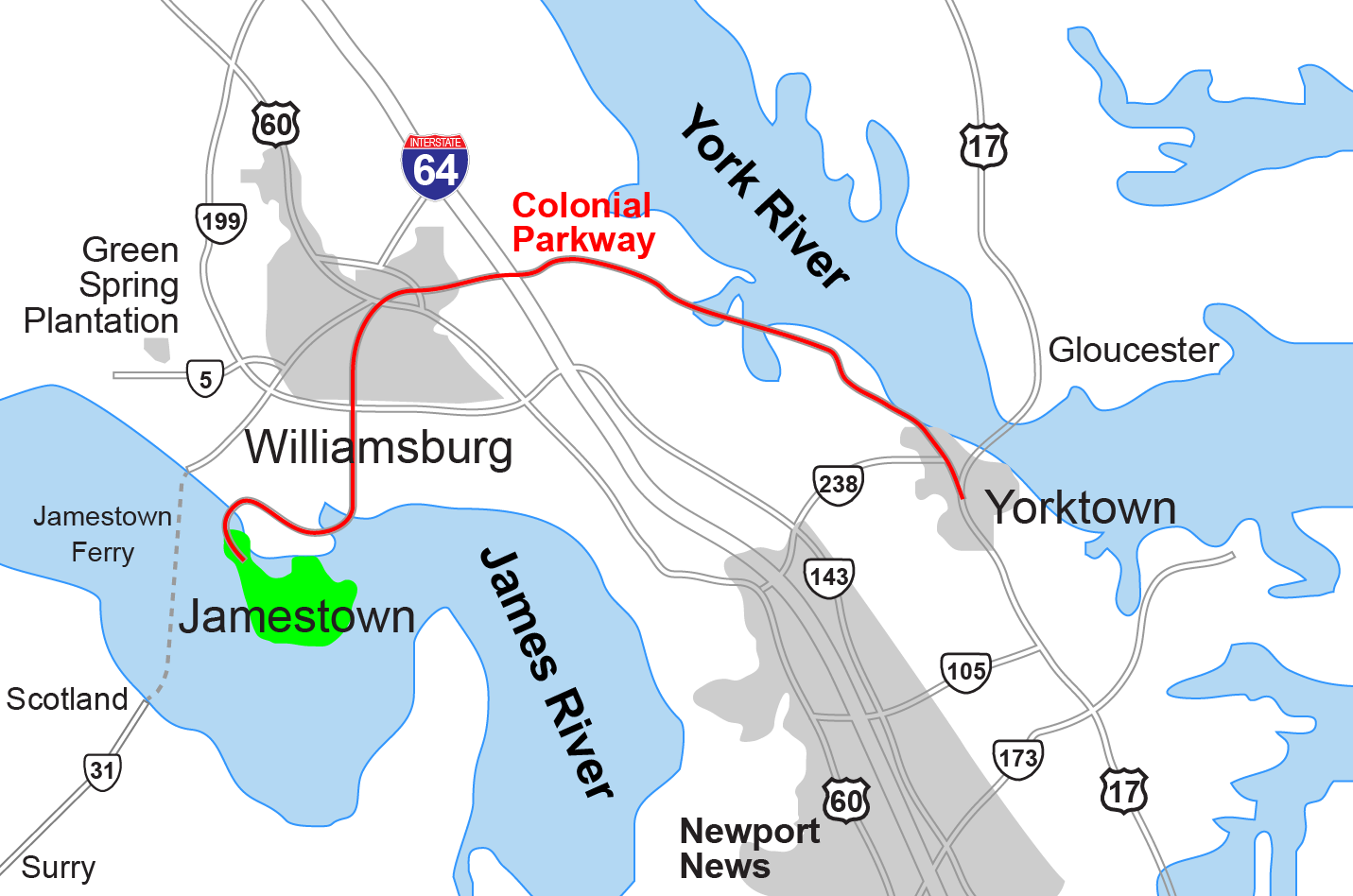|
Roadstead
A roadstead (or ''roads'' – the earlier form) is a body of water sheltered from rip currents, spring tides, or ocean swell where ships can lie reasonably safely at anchor without dragging or snatching.United States Army technical manual, TM 5-360. Port Construction and Rehabilitation'. Washington: United States. Government Printing Office, 1964. It can be open or natural, usually estuary-based, or may be created artificially. In maritime law, it is described as a "known general station for ships, notoriously used as such, and distinguished by the name". Definition A roadstead can be an area of safe anchorage for ships waiting to enter a port, or to form a convoy. If sufficiently sheltered and convenient, it can be used for the transshipment of goods, stores, and troops, either separately or in combination. The same applies in transfers to and from shore by Lighter (barge), lighters. In the days of sailing ships, some voyages could only easily be made with a change in wind dir ... [...More Info...] [...Related Items...] OR: [Wikipedia] [Google] [Baidu] |
Roadstead Of Brest
The roadstead of Brest (''rade de Brest'') is a roadstead or bay located in the Finistère Departments of France, department in Brittany (administrative region), Brittany in northwestern France. The surface area is about 180 km² (70 sq mi). The port of Brest (France), Brest and one of the two French naval bases, Brest Arsenal, are located on its northern edge. It is linked to the Atlantic Ocean (called the Iroise Sea at this point) by the ''Goulet de Brest'', a strait about 1.8 km wide. Three main rivers drain into the roadstead: the Penfeld (the town of Brest and the first buildings of the naval base were built on its banks), the Élorn (or river of Landerneau) and the Aulne (or river of Châteaulin). Strategic importance For a number of centuries, Brest has been an important military port. The easily defensible roadstead of Brest therefore has a number of military installations, for example: *Brest arsenal, on the north of the bay; *the submarine base of the Îl ... [...More Info...] [...Related Items...] OR: [Wikipedia] [Google] [Baidu] |
Tiefwasserreede
The ''Tiefwasserreede'' ( 'deep water anchorage') is an exclave of Germany's territorial waters in the German Bight, used as a roadstead for shipping waiting for access to the Port of Hamburg, Ports of Bremen and other North Sea ports. The exclave lies around west of Heligoland, outside the 12 mile limit that usually defines territorial waters, but remains German territory under Article 12 of the United Nations Convention on the Law of the Sea which makes an exception for roadsteads. It legally forms part of the state of Lower Saxony and is completely surrounded by the German exclusive economic zone. Definition Germany initially announced plans to declare the ''Tiefwasserreede'' as sovereign territory in 1983. Motivated by the 1978 ''Amoco Cadiz'' oil spill, the federal government and states wanted to assert sovereignty over coastal waters in order to combat oil pollution – particularly ships pumping oil in the North Sea. Following the passage of the UN Convention on the Law o ... [...More Info...] [...Related Items...] OR: [Wikipedia] [Google] [Baidu] |
Great Yarmouth
Great Yarmouth (), often called Yarmouth, is a seaside town and unparished area in, and the main administrative centre of, the Borough of Great Yarmouth in Norfolk, England; it straddles the River Yare and is located east of Norwich. A population of 38,693 in the 2011 Census made it Norfolk's third most populous. Its fishing industry, mainly for herring, shrank after the mid-20th century and has all but ended. North Sea oil from the 1960s supplied an oil-rig industry that services offshore natural gas rigs; more recently, offshore wind power and other renewable energy industries have ensued. Yarmouth has been a resort since 1760 and a gateway from the Norfolk Broads to the North Sea. Holiday-making rose when a railway opened in 1844, bringing easier, cheaper access and some new settlement. Wellington Pier opened in 1854 and Britannia Pier in 1858. Through the 20th century, Yarmouth boomed as a resort, with a promenade, pubs, trams, fish-and-chip shops, theatres, the Pleasu ... [...More Info...] [...Related Items...] OR: [Wikipedia] [Google] [Baidu] |
Hampton Roads
Hampton Roads is the name of both a body of water in the United States that serves as a wide channel for the James River, James, Nansemond River, Nansemond and Elizabeth River (Virginia), Elizabeth rivers between Old Point Comfort and Sewell's Point where the Chesapeake Bay flows into the Atlantic Ocean, and the surrounding metropolitan region located in the southeastern Virginia and northeastern North Carolina portions of the Tidewater (region), Tidewater Region. Comprising the Virginia Beach–Norfolk–Newport News, VA–NC, metropolitan area and an extended combined statistical area that includes the Elizabeth City, North Carolina micropolitan area, Elizabeth City, North Carolina, micropolitan statistical area and Dare County, North Carolina, Kill Devil Hills, North Carolina, micropolitan statistical area, Hampton Roads is known for its large military presence, ice-free harbor, shipyards, coal piers, and miles of waterfront property and beaches, all of which contribute to th ... [...More Info...] [...Related Items...] OR: [Wikipedia] [Google] [Baidu] |


